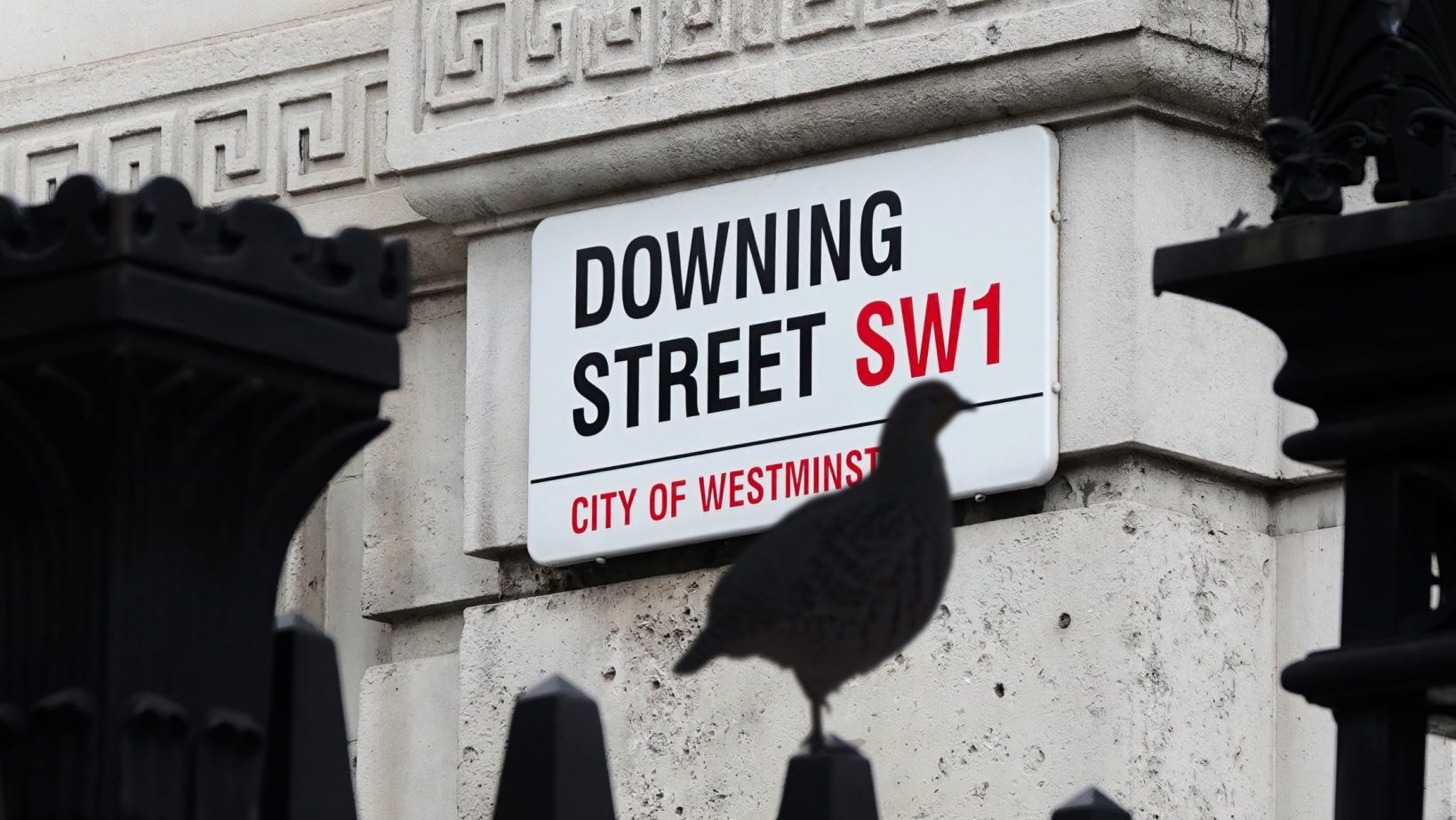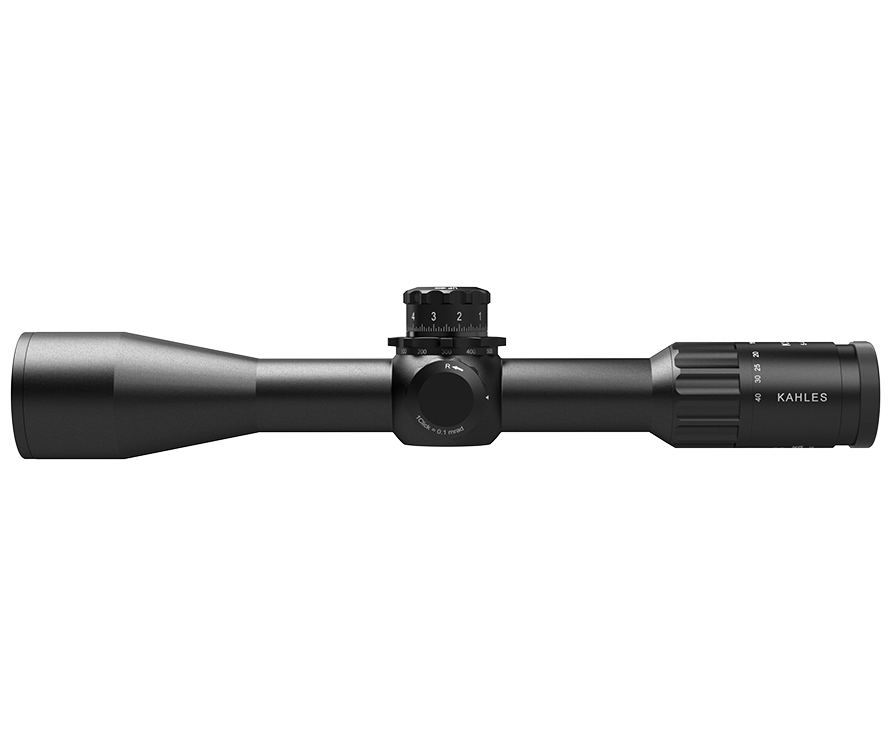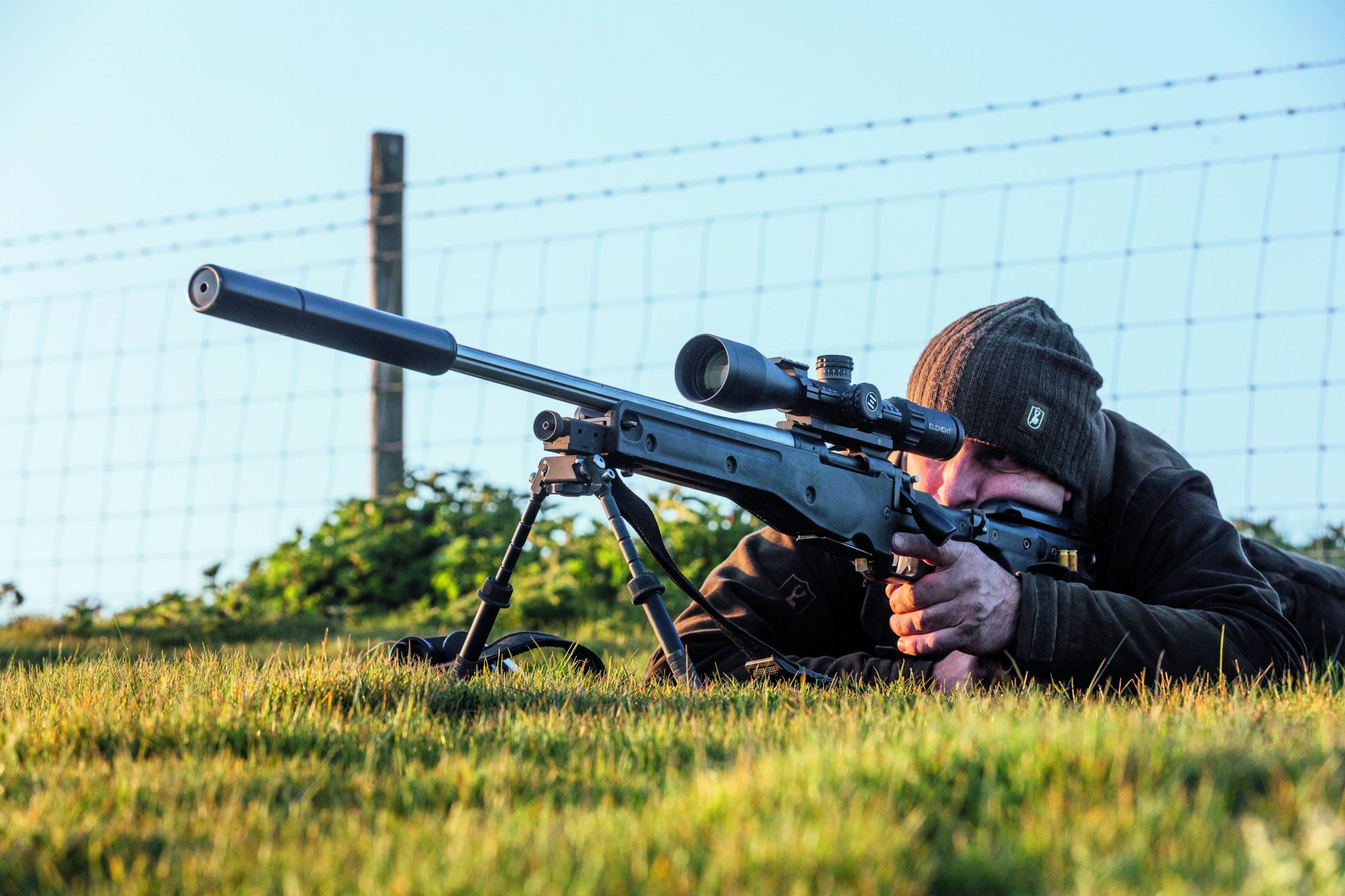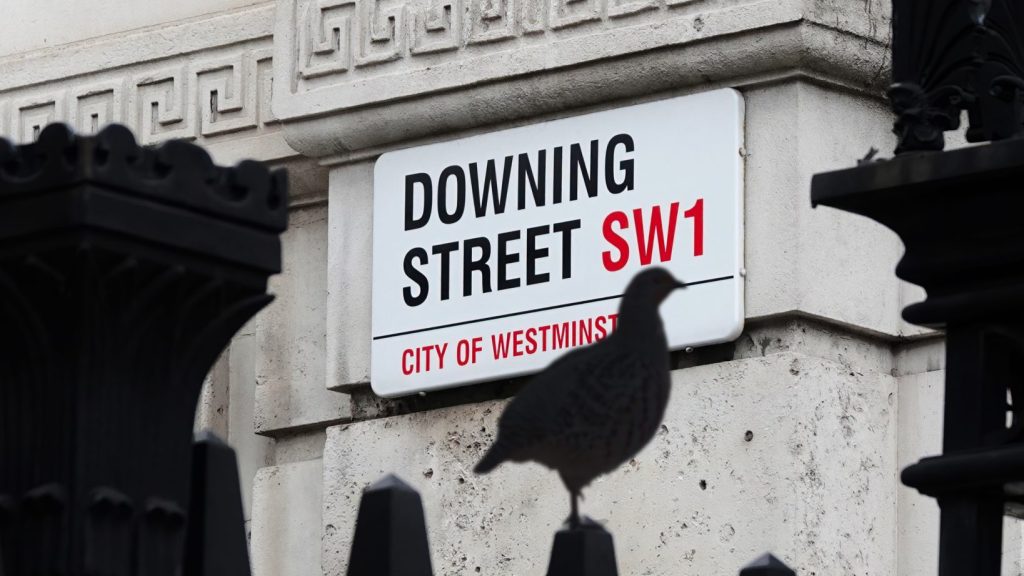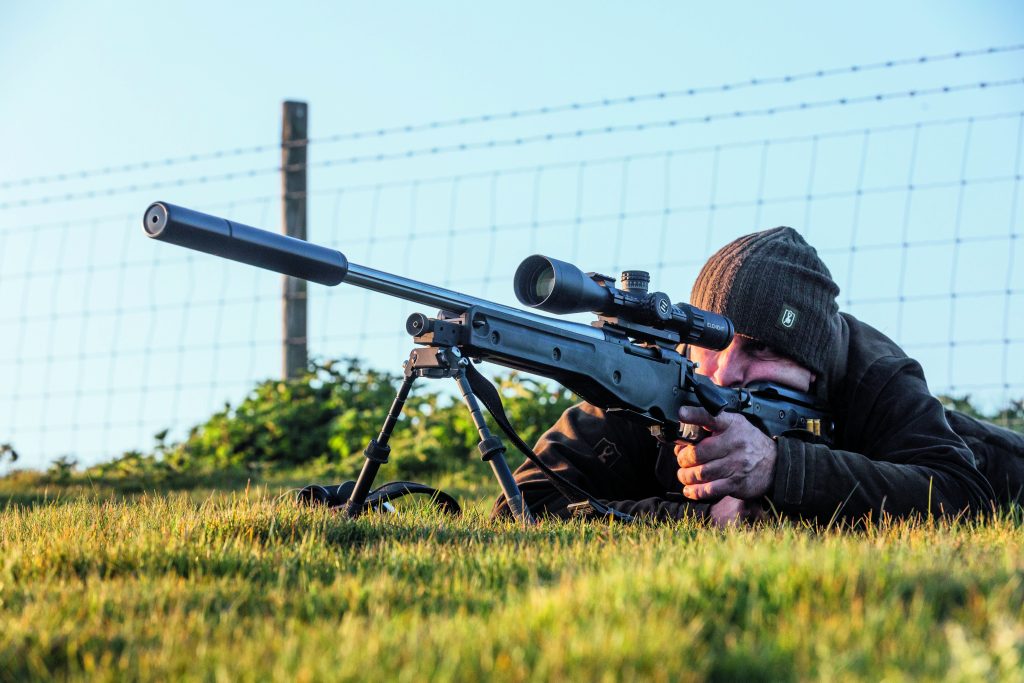News
Shooting
Shotgun
Shotgun news
RSPB questions release of pheasants for shooting
Controversial article highlights a “potential negative impact” on the environment of releasing pheasants for shooting.
Would you like to speak to our readers? We offer sponsored articles and advertising to put you in front of our audience. Find out more.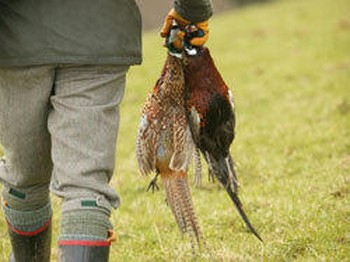
RSPB questions release of pheasants for shooting.
The RSPB’s director of conservation, Mark Avery, last week raised the issue of the environmental impact of releasing ‘non-native’ pheasants for shooting, questioning whether predator numbers are increased by what he called a meat bonanza.
In his blog posted on the RSPB website to coincide with the start of the pheasant season, Dr Avery wrote: The numbers of pheasants released into the UK countryside is enormous — about 35million birds a year. Only 15million of them are shot each year, which means that many of them must end up inside natural predators rather than in people’s freezers, ovens and tummies. That’s an awful lot of bird meat that is feeding crows and foxes and a range of other species isn’t it? I wonder how much the increase in some predator numbers is fuelled by this meat bonanza?
Later in the article he suggested that releasing pheasants could be causing declines in farmland birds: The most mischievous might suggest that live pheasants are eating food that native species such as finches and buntings should eat. But the increasing (I think it’s increasing) trend for big-shoot days, where huge numbers of pheasants are released, worries many in the shooting community as well as seeming to me to be at the more worrying end of the spectrum from an ecological point of view.
He also indicated the RSPB is undertaking research to discover whether shooting is impacting negatively on wildlife: We’ve given this a bit of thought but it is definitely work in progress.
RSPB species policy officer Jeff Knott said: “Broadly speaking, Dr Avery’s views represent the organisation. I think this is a balanced piece in which Dr Avery raises some legitimate questions. I think more research would be helpful to better understand how to maximise the positive impacts and minimise the potentially negative impacts of pheasant shooting on wildlife.”
The implied criticism comes despite extensive research by the Game & Wildlife Conservation Trust proving the huge benefits to wildlife of shooting.
These include higher numbers of songbirds and butterflies in woods managed for shoots, the thousands of tonnes of grain put out for pheasants which help songbirds over winter and evidence that gamecrops contain up to 100 times more birds than arable crops.
Related articles
News
Anti-grouse shooting petition crushed by MPs who don't even shoot
Wild Justice's petition to ban driven grouse shooting was quashed in Westminster Hall yesterday, with all but one MP opposing the ban
By Time Well Spent
News
A sound decision as moderators to be taken off licences
The Government has finally confirmed what the shooting community has long argued – that sound moderators should be removed from firearms licensing controls
By Time Well Spent
Manage Consent
To provide the best experiences, we use technologies like cookies to store and/or access device information. Consenting to these technologies will allow us to process data such as browsing behavior or unique IDs on this site. Not consenting or withdrawing consent, may adversely affect certain features and functions.
Functional Always active
The technical storage or access is strictly necessary for the legitimate purpose of enabling the use of a specific service explicitly requested by the subscriber or user, or for the sole purpose of carrying out the transmission of a communication over an electronic communications network.
Preferences
The technical storage or access is necessary for the legitimate purpose of storing preferences that are not requested by the subscriber or user.
Statistics
The technical storage or access that is used exclusively for statistical purposes.
The technical storage or access that is used exclusively for anonymous statistical purposes. Without a subpoena, voluntary compliance on the part of your Internet Service Provider, or additional records from a third party, information stored or retrieved for this purpose alone cannot usually be used to identify you.
Marketing
The technical storage or access is required to create user profiles to send advertising, or to track the user on a website or across several websites for similar marketing purposes.

